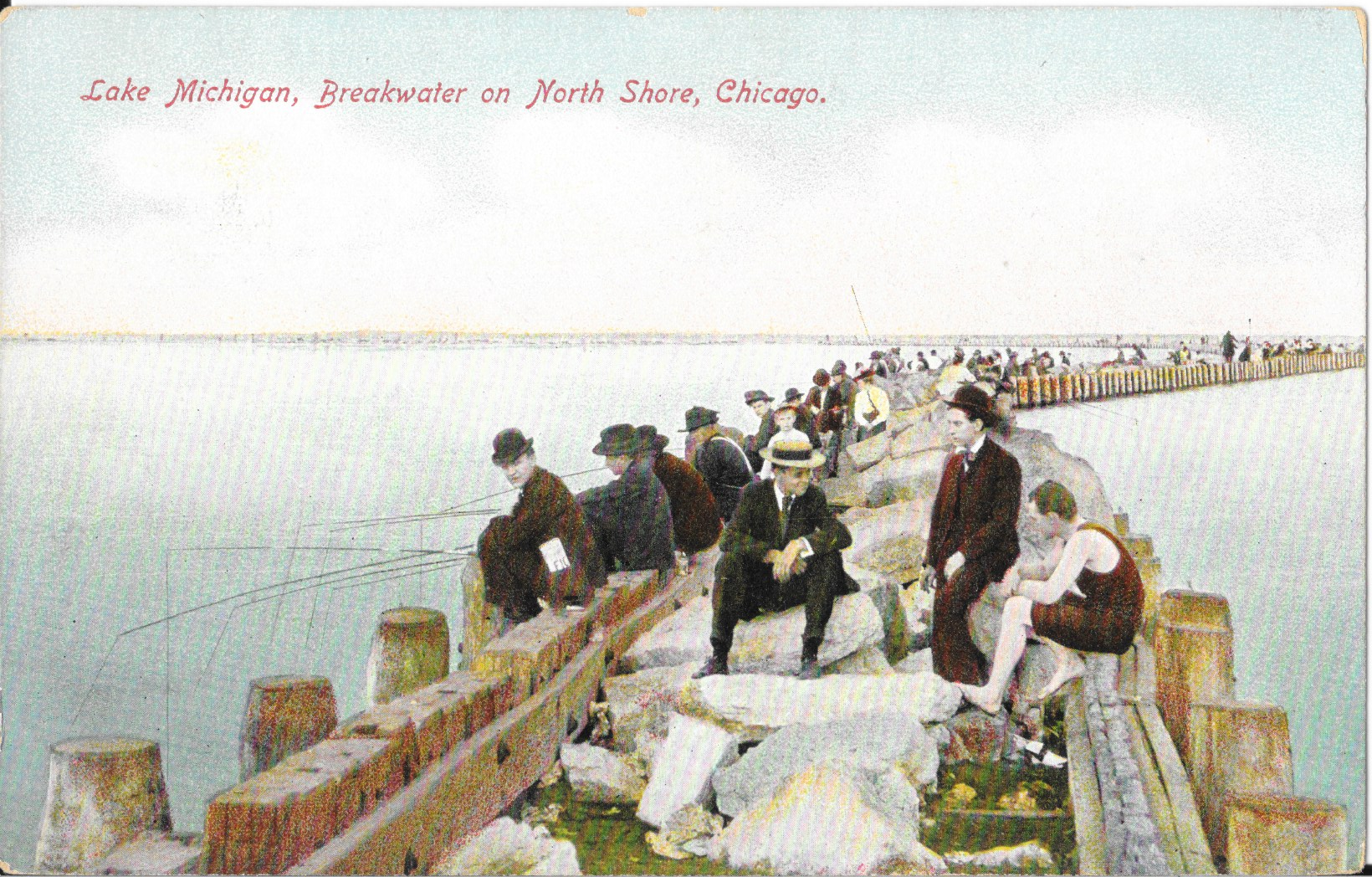Lake Michigan, one of the Great Lakes, is known for its stunning winter landscapes, particularly when houses and lighthouses along its shores become encased in thick ice. This phenomenon is caused by a combination of cold temperatures, high water levels, and strong winds that create freezing spray from the lake’s waves.
Pancake Ice and Ice Balls

Pancake ice forms when waves crash against the shore, creating flat, round pieces of ice that resemble pancakes. These pieces can then stick together to form larger, thicker sheets of ice. Ice balls, on the other hand, are formed when waves roll over and freeze, creating large, spherical chunks of ice.
Ice Volcanoes

Ice volcanoes are rare formations that occur when water from the lake is pushed up through holes in the ice, creating towering structures that resemble volcanoes. These formations are usually seen on the lake’s surface and can be several feet tall.
Frozen Lighthouses
Lake Michigan’s lighthouses are often shrouded in thick ice during winter, creating breathtaking scenes reminiscent of the movie “Frozen.” The St. Joseph Lighthouse, for example, has been known to be encased in ice, with the freezing spray from waves building up ice two to three feet thick.
Houses Encased in Ice
Similar to lighthouses, houses along the shore of Lake Michigan can also become encased in ice. This occurs when strong winds and cold temperatures cause the lake’s water to freeze onto the structures, creating a thick, icy coating. The weight of this ice can be significant, with estimates suggesting that a four-inch buildup of ice on a roof can weigh around 3.8 tons.
Touring and Visiting
For those interested in witnessing these unique ice formations, there are several locations and tour options available:
St. Joseph Lighthouse
Located in St. Joseph, Michigan, this lighthouse is a popular spot for winter tourists. Visitors can take guided tours of the lighthouse and surrounding area to see the ice formations up close.
Cost and Timings:
– Prices vary depending on the tour operator, but expect to pay around $20-$50 per person.
– Tours typically run from late December to early March, depending on weather conditions.
Grand Haven South Pier
This pier is known for its icy winter coat, with freezing spray from waves building up thick ice on the lighthouse and surrounding structures.
Cost and Timings:
– Admission is free, but visitors should be prepared for cold weather and potential ice-related hazards.
– Open year-round, but hours may be limited during extreme weather conditions.
Lake Michigan Shoreline
Various points along the shoreline offer stunning views of the frozen lake and its unique ice formations.
Cost and Timings:
– Access to the shoreline is generally free, but some areas may require parking fees or have restricted access due to weather conditions.
– Hours are dependent on weather conditions and access restrictions.
References:
– https://www.reddit.com/r/Damnthatsinteresting/comments/kqk6eb/this_frozen_lighthouse_from_lake_michigan_after/
– https://www.michigan.org/article/trip-idea/fantastic-frozen-lighthouses-michigan
– https://weather.com/storms/winter/video/drone-captures-fierce-winds-ice-on-lake-michigan-shore
– https://www.youtube.com/watch?v=S59hjrnahQQ
– https://www.atlasobscura.com/articles/lake-erie-houses-covered-in-ice
